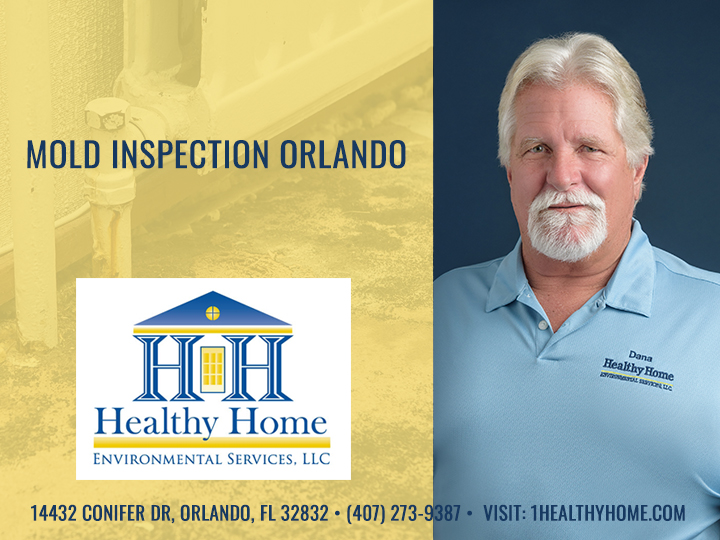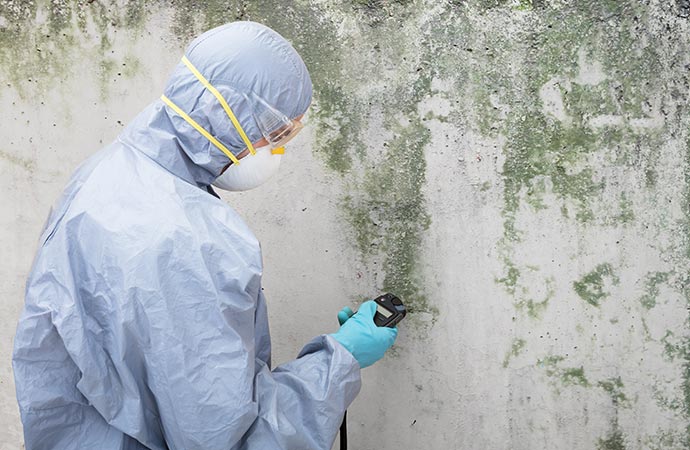Picking the Right Mycotoxin testing Services for Your Service
Picking the Right Mycotoxin testing Services for Your Service
Blog Article
How Mycotoxin Testing Assists Protect Against Contamination and Protect Food Products

Mycotoxin testing is an essential practice in the food sector, offering as a frontline defense versus contamination by harmful contaminants created by molds. Via the application of innovative strategies like High-Performance Liquid Chromatography (HPLC) and Fluid Chromatography-Mass Spectrometry (LC-MS), food producers can accurately quantify and identify mycotoxin levels in farming products. This positive method not just ensures conformity with stringent safety and security guidelines but additionally alleviates health dangers to consumers. Additionally, normal screening fortifies brand track record and financial health by lowering contamination-related events. So, exactly how specifically do these screening methods incorporate right into the broader food safety method?
Understanding Mycotoxins
Recognizing mycotoxins begins with acknowledging that they are toxic additional metabolites created by certain mold and mildews, which can infect farming products. These metabolites are not vital for the development or recreation of the fungi but can have serious implications for animal and human health and wellness. Mycotoxins are typically found in staple crops such as corn, wheat, barley, and nuts, where they can multiply under details conditions of dampness and temperature level.
There are a number of types of mycotoxins, each created by various fungal types. Fusarium types generate fumonisins and trichothecenes, both of which are linked with different acute and chronic health and wellness concerns.

Dangers of Mycotoxin Contamination
The threats of mycotoxin contamination are multifaceted, posing considerable dangers to both food safety and security and public wellness. Mycotoxins, poisonous substances created by certain kinds of fungi, can contaminate a large range of agricultural products including cereals, nuts, seasonings, dried out fruits, and coffee. When these toxic substances infiltrate the food supply, they can bring about major health concerns such as liver damage, kidney failing, and also cancer. Vulnerable populations, including children, the senior, and immunocompromised individuals, are particularly at risk.
Economic influences are an additional major concern. Contaminated plants can result in substantial economic losses for farmers and food manufacturers due to lowered returns and the requirement for pricey purification steps. Worldwide trade can be significantly impeded as nations enforce stringent mycotoxin guidelines to shield their populaces, leading to declined shipments and strained profession relations.
Ecological variables such as climate modification aggravate the threat of mycotoxin contamination. Variants in temperature level and humidity can create desirable problems for fungal growth, raising the possibility of contamination occasions. Hence, understanding and alleviating these dangers are important for ensuring the safety and honesty of global food supplies.
Approaches of Mycotoxin Testing
Properly recognizing mycotoxin contamination in farming items is necessary for guarding public health and keeping food security criteria. Different methods are used to identify and evaluate mycotoxins, each offering particular advantages and restrictions.
High-Performance Fluid Chromatography (HPLC) is a commonly utilized approach due to its high sensitivity and accuracy. It includes separating mycotoxins from various other substances in an example, allowing accurate metrology. Liquid Chromatography-Mass Spectrometry (LC-MS) integrates liquid chromatography with mass spectrometry to supply detailed molecular information, making it especially beneficial for recognizing numerous mycotoxins all at once.

Gas Chromatography-Mass Spectrometry (GC-MS) and Thin-Layer Chromatography (TLC) are likewise utilized, each with special applications. GC-MS is efficient for unpredictable mycotoxins, while tender loving care uses a less complex, cost-efficient alternative for preliminary screening.
Benefits of Regular Evaluating
Regular screening for mycotoxins in agricultural products uses various benefits, substantially adding to public health and wellness and food security. By identifying contamination early, routine testing aids stop the distribution of hazardous foods, consequently reducing the threat of mycotoxin-related health problems among customers. This aggressive method not only safeguards human wellness yet likewise enhances the total high quality of food supplies.
Different countries and areas have established strict restrictions for mycotoxin degrees in food and feed. Adhering you can try here to these limits through regular screening guarantees that manufacturers and vendors satisfy legal standards, thereby avoiding fines and trade barriers.
Additionally, normal mycotoxin testing can result in significant economic benefits. Early discovery of contamination permits timely intervention, decreasing potential losses from extensive contamination. Executing regular screening procedures can additionally minimize recall prices and relevant liabilities, which can be monetarily devastating.
Moreover, routine screening offers valuable data that can educate much better farming practices and storage problems. By recognizing patterns of contamination, producers can embrace preventive measures, thereby adding and lowering future risks to the sustainability of the food supply chain.
Carrying Out Checking Protocols
Carrying out reliable mycotoxin screening methods is vital for guaranteeing the security and high quality of farming items. Developing a durable screening framework includes several essential steps, beginning with the recognition of prospective contamination factors within the production and supply chain. This includes pre-harvest, post-harvest, storage, and circulation phases. Each phase must be inspected to pinpoint where mycotoxin contamination is most likely to occur.
As soon as important control points are determined, selecting proper testing approaches is necessary. Typical strategies include enzyme-linked immunosorbent assay (ELISA), high-performance fluid chromatography (HPLC), and mass spectrometry (MS) Each technique has its weak points and toughness; Get More Information therefore, picking the appropriate one relies on the certain mycotoxin being checked, the called for sensitivity, and offered sources.

Finally, integrating the testing procedures into a detailed food safety and security monitoring system is advisable. This enhances traceability and enables speedy restorative actions when contamination is found, therefore safeguarding the honesty of the food supply chain.
Verdict
Mycotoxin testing is crucial in avoiding contamination and securing food materials by allowing early detection of unsafe toxins produced by molds in agricultural products. Regular screening boosts brand name credibility, monetary stability, and depend on in food security by lessening contamination-related losses and keeping high criteria in food production.
Mycotoxin testing is a crucial here are the findings technique in the food market, serving as a frontline protection versus contamination by damaging toxic substances produced by mold and mildews. An incorporated technique involving farming techniques, storage management, and normal testing can mitigate the threats associated with mycotoxin contamination, ensuring food safety and security and public health and wellness.
The risks of mycotoxin contamination are complex, positioning significant dangers to both food safety and public health.Normal testing for mycotoxins in farming items provides countless benefits, substantially adding to public health and wellness and food safety and security.Mycotoxin testing is essential in stopping contamination and safeguarding food materials by allowing early detection of dangerous toxic substances generated by mold and mildews in farming items.
Report this page